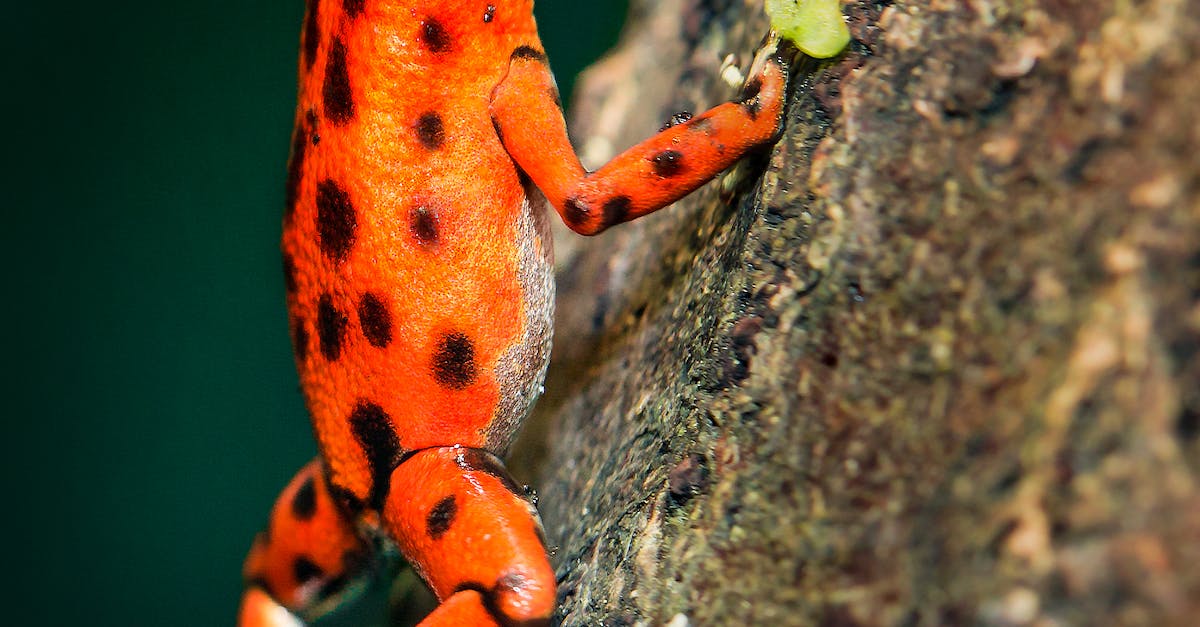Hey, Don't Cry... 7,591 Species Of Frogs!

Introduction
Frogs are fascinating creatures that inhabit various ecosystems around the world. With their unique adaptations and diverse range of species, they play a vital role in maintaining the balance of ecosystems. In this article, we will explore the incredible world of frogs and discover just how many species there are!
The Diversity of Frogs
Frogs belong to the order Anura, which is divided into three main families: Bufonidae (toads), Hylidae (tree frogs), and Ranidae (true frogs). Within these families, there are thousands of species, each with its distinct characteristics and habitat preferences.
Unveiling the Numbers
According to research, there are approximately 7,591 known species of frogs in the world. This number is continually growing as scientists discover and classify new species. Each species has its unique set of features, including size, coloration, behavior, and vocalizations.
The Importance of Frogs
Frogs play a significant role in ecosystems as both predator and prey. They feed on insects, helping control their populations, while also serving as a crucial food source for many animals, including birds, snakes, and larger mammals. Additionally, frogs serve as indicators of ecosystem health. Their sensitivity to changes in the environment makes them valuable in monitoring pollution and habitat degradation.
Threats to Frog Populations
Despite their important ecological role, many frog species are facing threats that jeopardize their survival. Habitat loss, pollution, climate change, and disease are the main factors contributing to the decline in frog populations worldwide. Amphibians, including frogs, are particularly susceptible to habitat disturbances, making them one of the most threatened groups of animals on Earth.
Conservation Efforts
To protect frog populations and conserve their habitats, numerous conservation organizations and researchers are working tirelessly. Efforts include establishing protected areas, implementing breeding programs in captivity, and conducting research to better understand these creatures. Public awareness and education also play a vital role in fostering a deeper appreciation for frogs and their conservation.
Conclusion
The world of frogs is awe-inspiring, with a staggering 7,591 species spread across the globe. Each species has its unique characteristics and contributes to maintaining the delicate balance of ecosystems. However, it is crucial to recognize the challenges faced by these remarkable creatures and take action to ensure their survival. By supporting conservation efforts and raising awareness about the importance of frogs, we can contribute to a brighter future for these amazing amphibians.